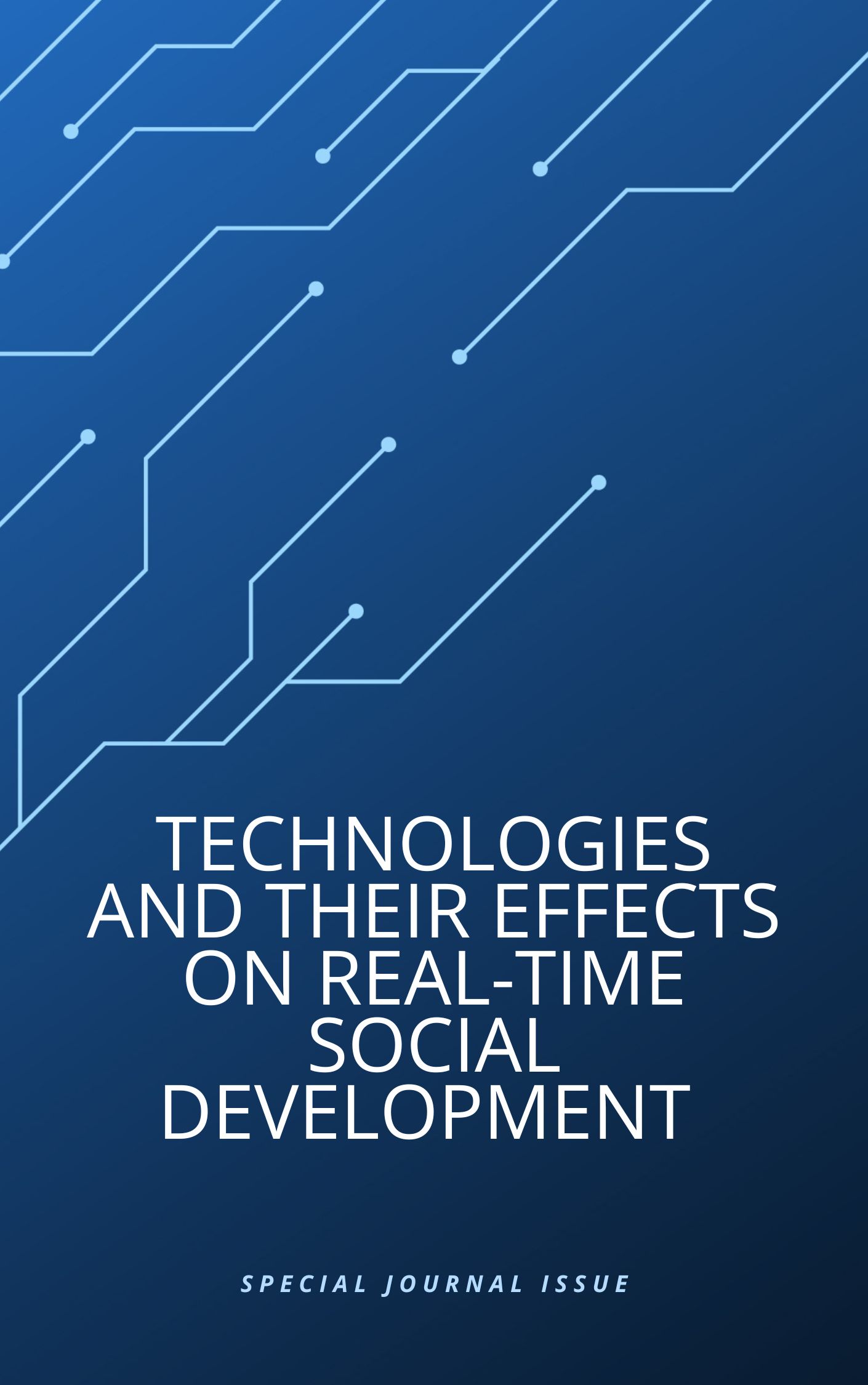Facial Feature Recognition Model for the Sleepiness Detection of the Drivers
Main Article Content
Abstract
Article Details

This work is licensed under a Creative Commons Attribution-NonCommercial 4.0 International License.
References
Elharrouss, O., Akbari, Y., Almaadeed, N., & Al-Maadeed, S. (2022). Backbones-review: Feature extraction networks for deep learning and deep reinforcement learning approaches. arXiv preprint arXiv:2206.08016.
Yan, L., Shi, Y., Wei, M., & Wu, Y. (2023). Multi-feature fusing local directional ternary pattern for facial expressions signal recognition based on video communication system. Alexandria Engineering Journal, 63, 307-320.
Ahmed, Z. A., Aldhyani, T. H., Jadhav, M. E., Alzahrani, M. Y., Alzahrani, M. E., Althobaiti, M. M., ... & Al-Madani, A. M. (2022). [Retracted] Facial Features Detection System To Identify Children With Autism Spectrum Disorder: Deep Learning Models. Computational and Mathematical Methods in Medicine, 2022(1), 3941049.
Mujeeb Rahman, K. K., & Subashini, M. M. (2022). Identification of autism in children using static facial features and deep neural networks. Brain Sciences, 12(1), 94.
Srinivasa Sai Abhijit Challapalli, Bala kandukuri, Hari Bandireddi, & Jahnavi Pudi. (2024). Profile Face Recognition and Classification Using Multi-Task Cascaded Convolutional Networks. Journal of Computer Allied Intelligence, 2(6), 65-78.
Nan, Y., Ju, J., Hua, Q., Zhang, H., & Wang, B. (2022). A-MobileNet: An approach of facial expression recognition. Alexandria Engineering Journal, 61(6), 4435-4444.
Liu, C., Hirota, K., & Dai, Y. (2023). Patch attention convolutional vision transformer for facial expression recognition with occlusion. Information Sciences, 619, 781-794.
Ge, H., Zhu, Z., Dai, Y., Wang, B., & Wu, X. (2022). Facial expression recognition based on deep learning. Computer Methods and Programs in Biomedicine, 215, 106621.
Bisogni, C., Castiglione, A., Hossain, S., Narducci, F., & Umer, S. (2022). Impact of deep learning approaches on facial expression recognition in healthcare industries. IEEE Transactions on Industrial Informatics, 18(8), 5619-5627.
Srinivasa Sai Abhijit Challapalli. (2024). Sentiment Analysis of the Twitter Dataset for the Prediction of Sentiments. Journal of Sensors, IoT & Health Sciences, 2(4), 1-15.
Mujeeb Rahman, K. K., & Subashini, M. M. (2022). Identification of autism in children using static facial features and deep neural networks. Brain Sciences, 12(1), 94.
Boussaad, L., & Boucetta, A. (2022). Deep-learning based descriptors in application to aging problem in face recognition. Journal of King Saud University-Computer and Information Sciences, 34(6), 2975-2981.
Srinivasa Sai Abhijit Challapalli. (2024). Optimizing Dallas-Fort Worth Bus Transportation System Using Any Logic. Journal of Sensors, IoT & Health Sciences, 2(4), 40-55.
Ya Liu, & Jian Zhang. (2023). Face Detection with Structural Coordinates for the Estimation of Patterns Using Machine Learning Model. Journal of Computer Allied Intelligence, 1(1), 41-53.
Chowdary, M. K., Nguyen, T. N., & Hemanth, D. J. (2023). Deep learning-based facial emotion recognition for human–computer interaction applications. Neural Computing and Applications, 35(32), 23311-23328.
Raju, K., Chinna Rao, B., Saikumar, K., & Lakshman Pratap, N. (2022). An optimal hybrid solution to local and global facial recognition through machine learning. A fusion of artificial intelligence and internet of things for emerging cyber systems, 203-226.
Biswanath Saha. (2025). Exploring the Capabilities of Generative Adversarial Networks for Image Synthesis and Beyond. Journal of Sensors, IoT & Health Sciences, 3(1), 68-83.
Li, Y. (2022, January). Research and application of deep learning in image recognition. In 2022 IEEE 2nd international conference on power, electronics and computer applications (ICPECA) (pp. 994-999). IEEE.
Mukhiddinov, M., Djuraev, O., Akhmedov, F., Mukhamadiyev, A., & Cho, J. (2023). Masked face emotion recognition based on facial landmarks and deep learning approaches for visually impaired people. Sensors, 23(3), 1080.
